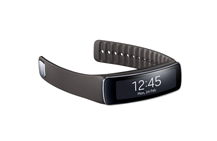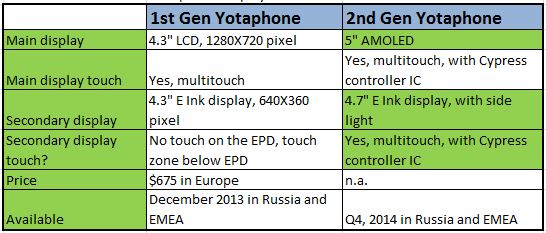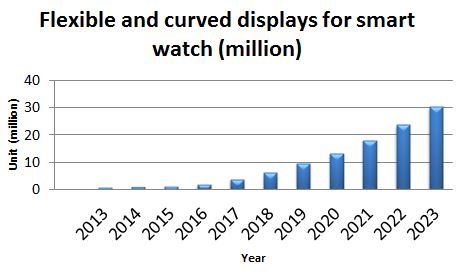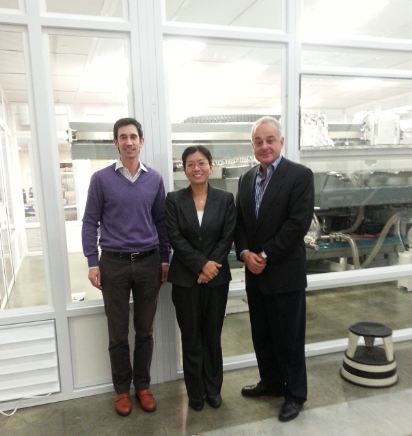December 20, 2013
I’ll travel to International CES 2014 in Las Vegas in early January. CES is one of the most crowded consumer electronic shows in the world with over 150,000 attendees.
Here are what to expect:
- OLED display. We expect Samsung and LG will demo large size AMOLED TV at CES 2014, just as they did in last year. But this time it’ll be one level higher: we expect to see 4K and larger size. Other companies, such as Sony, AUO, Panasonic will also demo 4K OLED TV.
Touch Display Research forecasts that by 2020 the OLED TV market will reach $15.5 billion. 2016 will be the takeoff year for OLED TVs with billions of dollars of revenue each year after that.
2. 8K display. We expect to see 8K display at CES 2014. More analysis can be found in our “Touch and Emerging Display report” December 2013 report.
3. Quantum dot is adopted in LCD to improve color gamut and reduce power consumption. At CES 2014, we’ll see Sony’s Triluminos TV with quantum dot from QD Vision. We might also see Hisense demo quantum dot TV as well.
Quantum dot could improve Liquid Crystal Display (LCD) dramatically in terms of color gamut, color accuracy and reducing power consumption. This is one of the biggest breakthrough technologies for LCD in recent several years. Now quantum dot LCD is challenging AMOLED.
Touch Display Research forecasts that the quantum dot display and lighting component market will reach $9.6 billion by 2023.
4. We’ll also see many flexible/curved display at CES 2014, such as curved OLED TV, curved LCD TV, curved smart watches, wearable devices.
Touch Display Research forecasts 30 million units flexible and curved displays will be shipped for smart watch application by 2023.
Overall flexible and curved display market will reach $27 Billion by 2023.
5. ITO-replacement. At CES 2014, we’ll see many touch screen devices, from mobile phone to large public signage. ITO-replacement transparent conductor is penetrating to touch screens very rapidly. ITO-replacement attracted over 200 companies and research Institutes. We expect to see metal mesh, silver nanowire and other ITO-replacement touch panels at the show.
Touch Display Research forecasts the non-ITO transparent conductor market will grow from $206 million in 2013 to $4 billion by 2020.
Thanks for reading,
Jennifer and team




